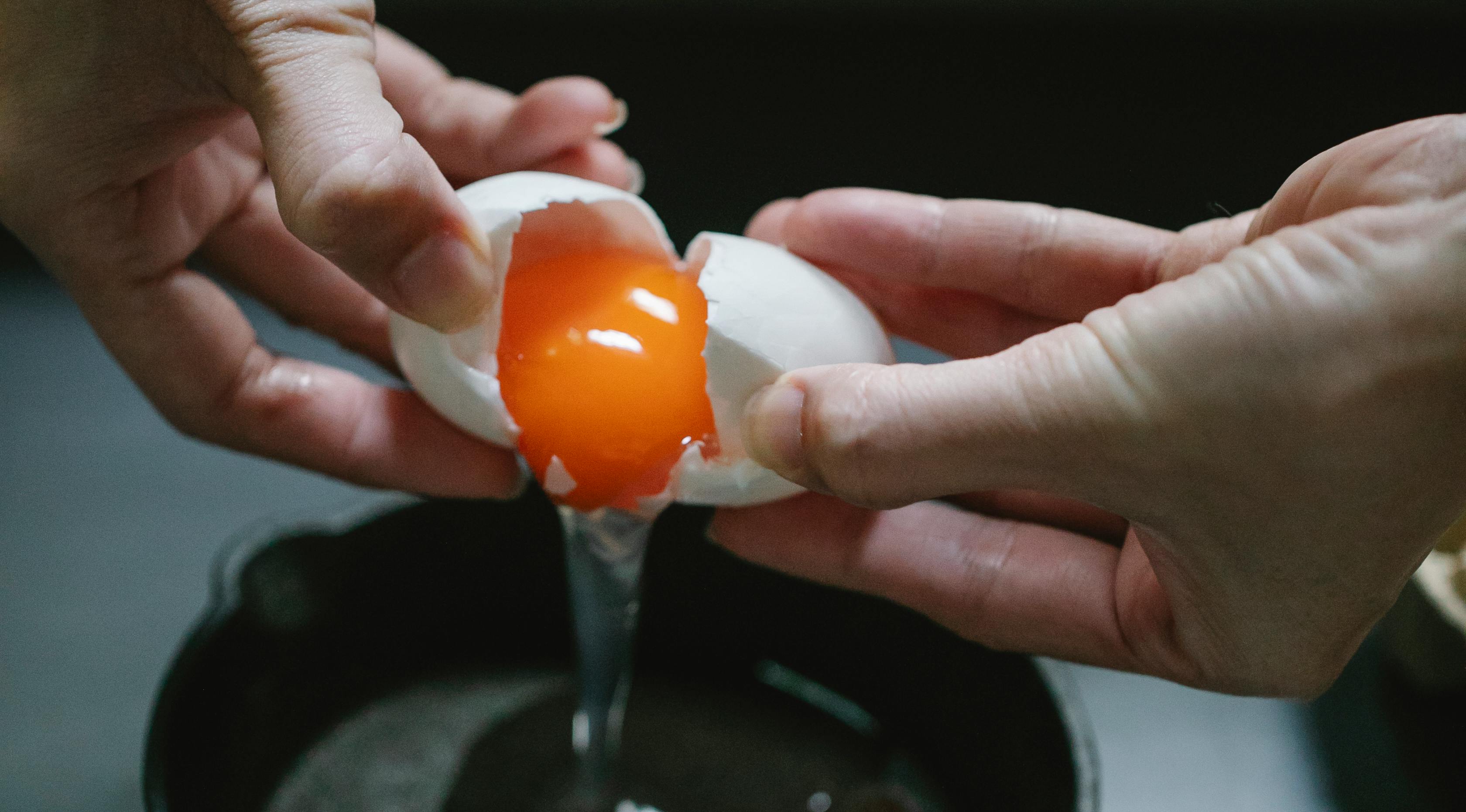Smart Ways to Cook Broccoli in the Microwave
Cooking broccoli in the microwave is becoming increasingly popular due to its speed and health benefits. This cooking method preserves the nutrients that are often lost through boiling or extensive steaming. Moreover, microwaving broccoli provides an easy and quick way to prepare this nutritious vegetable, making it a perfect fit for busy weeknight dinners.
In this article, we'll cover various effective techniques for microwaving broccoli, including specific instructions and tips to ensure you get tender, flavorful results every time. We'll also dive into the nutritional advantages of broccoli and its versatile applications in healthy recipes.
Whether you’re looking for an easy broccoli side dish or a quick addition to your meal prep, you’ll find plenty of actionable tips here. Let’s get started on learning how to microwave broccoli efficiently and healthily!
Microwave Cooking Tips for Broccoli
Understanding the Power of Microwaves
The microwave is a powerful and convenient kitchen tool that makes microwaving broccoli efficient. It uses electromagnetic waves to heat food quickly, ensuring that vegetables retain their nutrients. This method is particularly beneficial for broccoli, which is rich in vitamins and minerals.
One key to effective microwaving is to use the right container. Make sure you use microwave-safe dishes to prevent harmful chemicals from leaching into your food. Glass or ceramic containers are ideal choices.
Additionally, covering your broccoli with a microwave-safe lid or wrap helps steam the vegetables, making them tender and flavorful. This technique not only speeds up the cooking process but also locks in moisture, enhancing the overall taste of the vegetable.
Choosing Fresh vs. Frozen Broccoli
When preparing to cook broccoli in the microwave, you have a choice between using fresh or frozen broccoli florets. Fresh broccoli is an excellent option when in season, providing a crisp texture and vibrant color. However, frozen broccoli is a convenient alternative that can be stored for long periods. It is pre-blanched, retaining most of its nutrients and flavors.
Both options can be delicious when properly microwaved. If using fresh broccoli, be sure to wash and cut it into uniform florets to ensure even cooking. On the other hand, frozen broccoli can go straight from the freezer to the microwave without any prep work.
Basic Microwave Instructions for Broccoli
To achieve perfect steamed broccoli in the microwave, follow these simple steps:
- Place broccoli florets in a microwave-safe bowl with a little water (about 2-3 tablespoons).
- Cover the bowl with a microwave-safe lid or plastic wrap, leaving a small vent for steam to escape.
- Microwave on high for 2-3 minutes for fresh broccoli, or 4-5 minutes for frozen, adjusting based on your microwave’s wattage.
- Check for doneness by piercing with a fork; the florets should be vibrant green and tender.
- Carefully remove from the microwave, as the steam will be hot, and season as desired.
Easy Broccoli Side Dish Recipes
Seasoned Broccoli in Microwave
If you want to elevate your microwaved broccoli, consider adding flavors with simple seasonings. A quick way to create a nutritious broccoli cooking dish is by tossing the florets with olive oil, garlic, and a sprinkle of red pepper flakes after microwaving. This combination not only enhances the taste but also adds health benefits linked to the ingredients used.
Try combining the cooked broccoli with fresh lemon juice and grated Parmesan for a zesty flavor enhancement. This quick broccoli recipe works wonderfully as a side for any main dish.
Broccoli with Garlic and Lemon
This recipe calls for a slightly different approach. First, microwave your broccoli as previously described. Once it’s cooked, sauté chopped garlic in a pan with a little olive oil, then quickly toss in the steamed broccoli and lemon zest. This method brings out a vibrant flavor profile, making your microwaved broccoli a delightful addition to any meal.
Broccoli and Cheese Casserole
For those who prefer a heartier meal option, consider making a quick broccoli and cheese casserole. Start by microwaving the broccoli, then mix it with cooked rice or quinoa, shredded cheese, and a splash of milk or cream. Transfer the mixture to a microwave-safe casserole dish and heat until the cheese is melted and bubbling. This easy broccoli side dish is perfect for family dinners or meal prep.
Healthy Cooking Techniques for Broccoli
Preserving Nutrients While Cooking
One of the significant benefits of microwaving broccoli is the ability to preserve nutrients. Cooking methods that involve boiling can cause vitamins, particularly vitamin C, to leach into the water. By microwaving, you limit exposure to water and retain more nutrients.
To maximize nutrient retention, aim for shorter cooking times and use just enough water to create steam. This method ensures your broccoli remains both delicious and nourishing.
Adding Variety to Your Broccoli Dishes
To keep your meals exciting, consider exploring different cuisines that incorporate broccoli. From Asian stir-fries to Mediterranean salads, broccoli can adapt to a variety of flavors. Combine it with soy sauce, sesame seeds, or douse it in a spicy garlic sauce for an Asian twist.
Another great idea is to mix broccoli with citrus dressings or add it to pasta for a fresh take on lunch or dinner. This versatility makes broccoli an essential ingredient to have in your kitchen.
Broccoli Florets Cooking Time
Understanding the appropriate cooking times for broccoli florets is vital for achieving the best texture. Fresh broccoli typically requires 2-3 minutes in the microwave, while frozen broccoli can need a bit longer due to its colder temperature. Always start with the lower cooking times to avoid overcooking, which can lead to mushy, unappetizing broccoli.

Broccoli Nutrition Facts
The Benefits of Broccoli
Broccoli is not just a side dish; it's a powerhouse of nutrition. It is low in calories yet rich in vitamins C, K, and dietary fiber. Incorporating broccoli into your diet can promote heart health, improve digestion, and even help with weight management.
Regularly eating broccoli has been linked to lower risks of chronic diseases, such as cardiovascular conditions and certain cancers. This veggie should be a staple in your healthy eating strategies.
Nutritional Value of Cooked vs. Raw Broccoli
While raw broccoli is an excellent nutrient source, cooking can enhance some of its benefits. Cooking broccoli makes it easier to digest and increases the availability of certain nutrients, including carotenoids. The key lies in how you cook it—microwaving is one of the best cooking methods to retain most vitamins and minerals.
For the most benefits, aim to consume broccoli both raw and cooked, providing a balanced intake of nutrients. This approach also allows you to enjoy the flavors and textures that both forms offer.
How to Meal Prep Broccoli
Meal prepping broccoli can save you time during the week while ensuring you have a nutritious option on hand. Start by washing and cutting your broccoli into florets. You can steam the broccoli through your preferred microwave method and store it in the refrigerator for up to 4 days. Reheat portions as needed for quick additions to your meals.
Consider pairing meal prep broccoli with proteins like chicken, tofu, or beans to create well-rounded dishes. This simplicity in meal preparation will help you maintain a healthy diet even with a busy schedule.

FAQs: Practical Solutions for Cooking Broccoli
How long should I microwave broccoli?
The general recommendation for microwaving fresh broccoli is about 2-3 minutes, while frozen broccoli typically requires 4-5 minutes. Adjust the time based on your microwave's wattage and check for doneness frequently.
Can I microwave broccoli without water?
While it's possible to microwave broccoli without water, adding a small amount helps create steam, which keeps the broccoli moist and prevents it from drying out or becoming rubbery.
What is the best way to season microwaved broccoli?
Experiment with various seasonings based on your preference. Simple options include salt, pepper, garlic powder, or lemon juice. For a richer flavor, try adding butter or a sprinkle of cheese after cooking.
